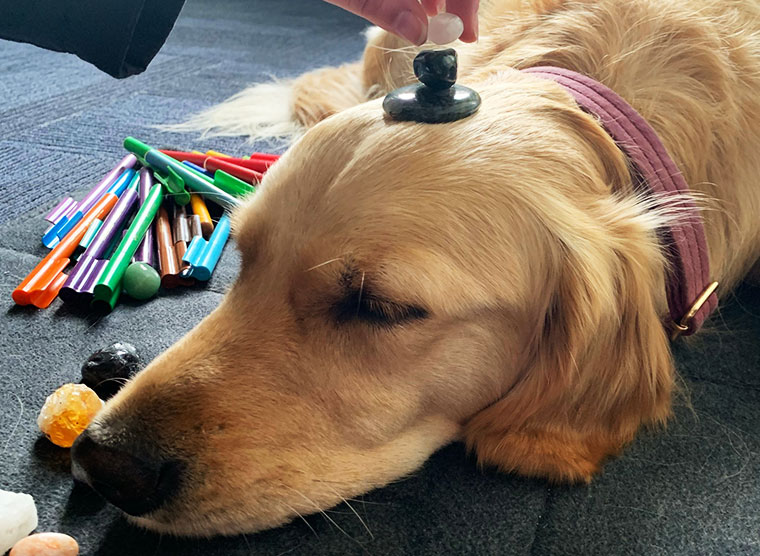
Our Blog
The benefits of mindfulness for kids

Who practices mindfulness with their kids? Research suggests that the practice helps kids pay attention longer, calm down when upset, and make better decisions. It doesn't have to be sitting still and counting breaths. Mindful activities are about focusing on the present moment and being aware when we drift away from that soft focus and return to the moment. That's it! It's simple, but sometimes it takes work.
Our minds are used to running all over the place. We are often only aware of how distracted we are once we work at a mindfulness practice. We encourage all our staff to work on their mindfulness practices. You cannot understand the experience if you don't work on it yourself.
Our tutors teach our students that the mind is busy, but we can observe that business and even bringing it to a slower pace is a skill they will use their entire life. The purpose of teaching mindfulness to kids is to give them skills to develop their awareness of their inner and outer experiences, to recognise their thoughts as “just thoughts,” to understand how emotions affect how they feel physically, to realise when their attention has wandered, and to provide tools for impulse control.
We can create conscious experiences for kids as young as preschool age. Using pictures, objects, food, simple movements, and music, can help them develop an ability to focus their attention better and stay present. In a study by Flook et al. (2015), kids were asked to engage in an activity called “Belly Buddies”, in which they listened to music while also noticing the sensation of a slight tone on their stomachs rising and falling with each breath. As a result, the kids became more attuned to their bodies and the space and sounded around them.
There is no right or wrong way to practice mindfulness. The aim is awareness of what the mind is doing. We encourage our students to share their experiences. Whether they were peaceful experiences or frustrating experiences in which they got distracted. By sharing our experiences, we demonstrate that the benefits are plentiful, whether it was a peaceful or frustrating experience; we encourage our students to continue the practice.
Research is also showing the benefits of mindfulness in children with Autism. Mindful interventions empower our clients with autism to develop self-management strategies that help to regulate their challenging behaviours. For example, in a longitudinal study and intervention, researchers had adolescents with autism learn the “Soles of the Feet Procedure,” which involved shifting attention from the emotional trigger to the soles of their feet. As a result, aggressive acts were significantly reduced from 14-20 per week to 4-6 per week after the 3-year follow-up period (Singh et al., 2011).
Mindfulness improves emotional regulation and cognitive focus in adults and children, so we ensure we include the practice in all of our school programs. We also benefit from including our calm therapy dogs in the activities. Some of the experiences we provide include:
- Mindful eating: watching our therapy dog eat a carrot or lick a frozen treat
- Mindful walking: Following the dog on a loose lead and watching them experience their surroundings at their own pace.
- Mindful brushing: taking slow and deliberate strokes of a brush on the dog's fur.
- Mindful massage: Using our hands to create shapes on the dog's body while focusing on touch and how the dog responds.
Observers of our work with young people are often surprised at the dramatic reduction of challenging behaviours of our students, the higher motivation levels they demonstrate and their more remarkable ability to build peer relationships. The three key elements to these improvements are intuitive tutors, peaceful therapy dogs and the opportunities we give in our sessions to explore mindfulness.
